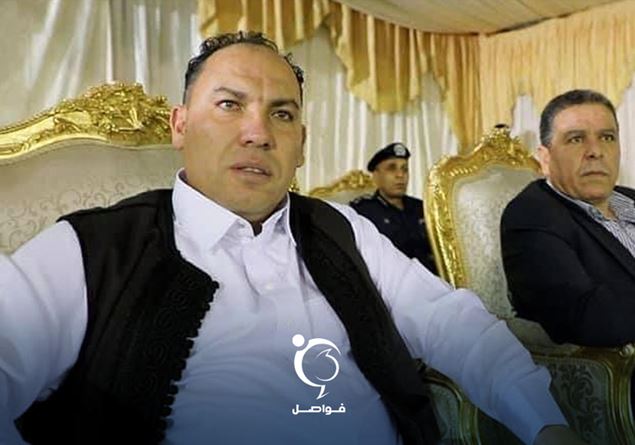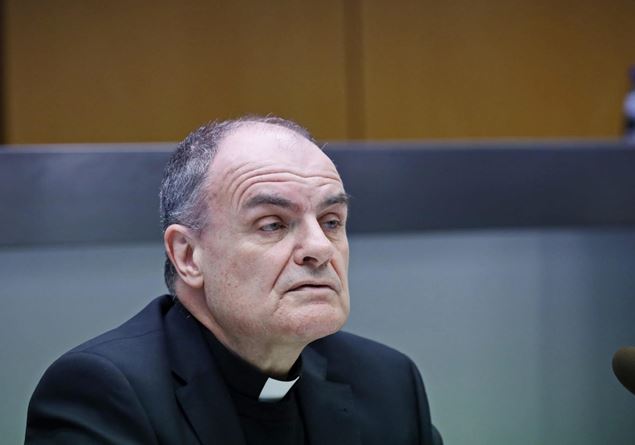
A knee sprain is characterized by pain, a feeling of “dislocation”, swelling or even an inability to place the foot on the ground.
Knee sprains cause discomfort when walking and impact the pursuit of many sporting or professional activities.
Definition: what is a knee sprain?
A knee sprain is damage to the ligaments that provide stability to the knee joint and which follows trauma. It can be benign – this is what we call “ligamentous distension” – or more serious, meaning in this case that there is a rupture of a ligament. “If the ligament is ruptured, there is a loss of stability of the joint which is no longer provided by the affected structures, whether the external and internal lateral or the anterior or posterior cruciate ligaments. The latter is more rarely affected“, explains Dr. André Ferreira, orthopedic surgeon. A grade 1 to 2 knee sprain is a partial rupture of the MCL (“medial collateral ligament” previously called “internal lateral ligament”). This type of sprain is characterized by significant pain along the ligament, localized bleeding or edema, and moderate forced valgus laxity. Nocturnal pain is common.This grade requires orthopedic treatment by relative immobilization of the knee joint, making it possible in particular to limit lateral movements of the knee while retaining the possibility of flexing it.“, continues the specialist.
.
What are the symptoms of a knee sprain?
- Immediate pain in the knee
- Sometimes, a cracking sensation is felt during the trauma, lasting when the affected knee is stressed.
- Functional impotence, more or less significant (knee sometimes impossible to move)
- Edema or swelling
- Sometimes hemarthrosis (blood in the joint) raising suspicion of a ligament rupture.
If the feeling of “dislocation” is strong, we must immediately suspect damage to the central pivot (anterior cruciate ligament, sometimes posterior).
Can I walk with a sprained knee?
The first days after the accident, resting the joint is a fundamental element of rapid recovery. This is why wearing a splint is prescribed, but it is possible to walk reasonably (to drain the lower limb), while using the elevator for example when possible; the use of crutches is sometimes necessary.
In order to determine the type of sprain and its severity, it is fundamental to know the mechanism of injury. To do this, the doctor carries out a clinical examination: he must know what the patient’s position was and the kinetic energy deployed at the time of the trauma. Then, he tests the different ligaments by maneuvers comparing the two knees. This clinical examination must be supplemented by an x-ray which will help to rule out or not the existence of joint displacement or a fracture, but which does not allow the integrity of the ligaments to be assessed. “Depending on the clinical elements and the known data of the accident, a ligament tear (serious sprain) and/or meniscal damage may be suspected, in this case an MRI is requested to complete the diagnosis.“, adds the doctor.
In the case of a mild sprain, outpatient (i.e. non-hospital) treatment is sufficient. It consists of:
- rest the knee joint,
- wear a splint for 2 to 3 weeks,
- take anti-inflammatories or painkillers,
- apply ice packs to the painful joint.
- participate in rehabilitation sessions with a physiotherapist, if joint stiffness has set in.
On the other hand, “If there is a meniscal lesion, a surgical operation (arthroscopy) may be considered to treat it. In the case of a ligament rupture, surgical reconstruction (surgical ligamentoplasty) can be performed followed by long-term physiotherapy rehabilitation. advises our interlocutor. Whatever the diagnosis, any immobilization or use of crutches generally requires the prescription of preventive treatment against thrombosis.
How long does it take to heal from a knee sprain?
► In the event of a benign sprain of the medial collateral ligament (internal lateral ligament), the return to activities is fairly rapid (1 to 2 weeks) but the pain can last for 2 to 3 months, hindering the return to sport.
► In the event of a rupture of the anterior cruciate ligament treated non-surgically (legal when there is no felt instability), 6 weeks of rehabilitation are generally required but activities can be resumed gradually from the second week .
► In the event of ligamentoplasty of the anterior cruciate ligament of the knee (50% of cases of rupture), rehabilitation to activities of daily life lasts 4 to 6 weeks until satisfactory range of motion is regained:
► Walking without a crutch is generally possible after 15 to 21 days. Driving can then be resumed.
► Daily activities return to normal 45 days after surgery.
► Total and painless mobility of the knee is restored after approximately 3 months.
► Resumption of usual sporting activities begins after 6 months post-operatively.
How long does swelling last during a knee sprain?
In general, 21 to 45 days are necessary for the knee to completely deflate.
How long should you keep the brace on for a knee sprain?
“We must keep it as short as possible to limit joint stiffness and muscle wasting.“, insists Dr. Ferreira. Generally:
► 1 week in the event of isolated damage to the anterior cruciate ligament,
► 3 to 6 weeks in the event of injury to the medial collateral ligament (especially if there is concomitant damage to the anterior cruciate ligament).
► no splint to wear post-operatively.
How long is the time off work for a knee sprain?
The duration of work stoppage after a knee sprain depends on your profession (sedentary activity, work in a dominant or non-dominant standing position, carrying more or less heavy loads, traveling to high places, etc.), your conditions transport (journey time and means used), the severity of the knee sprain: need or not for surgical treatment, associated injuries, your state of health, possibilities for adaptation or modification of the position of work in the case of a very physical position, working at height, working on slippery or unstable ground.
► In the event of an isolated sprain of the internal lateral ligament, interruption of professional activity is not systematic, particularly if the activity is sedentary and the injury is benign. If work stoppage is necessary (physical professional activity, more serious sprain), it does not generally exceed three weeks.
► After arthroscopic surgery for rupture of the anterior cruciate ligament, work stoppage often lasts between 3 and 6 weeks in the case of sedentary work and 2 to 3 months if the physical work takes place at height or on unstable ground (4 to 6 months for certain special cases).
Upon your return to the company, if the work stoppage is longer than 30 days, a return visit to the occupational doctor is obligatory within 8 days.
It is essential to wear shoes adapted to the physical activity carried out and, for skiing, to correctly adjust the resistance of your bindings according to your weight. Likewise, prior warm-up and sufficient hydration are essential in the context of a sporting activity.
Thanks to Dr André Ferreira, orthopedic surgeon at the Clinique du Parc in Lyon.









